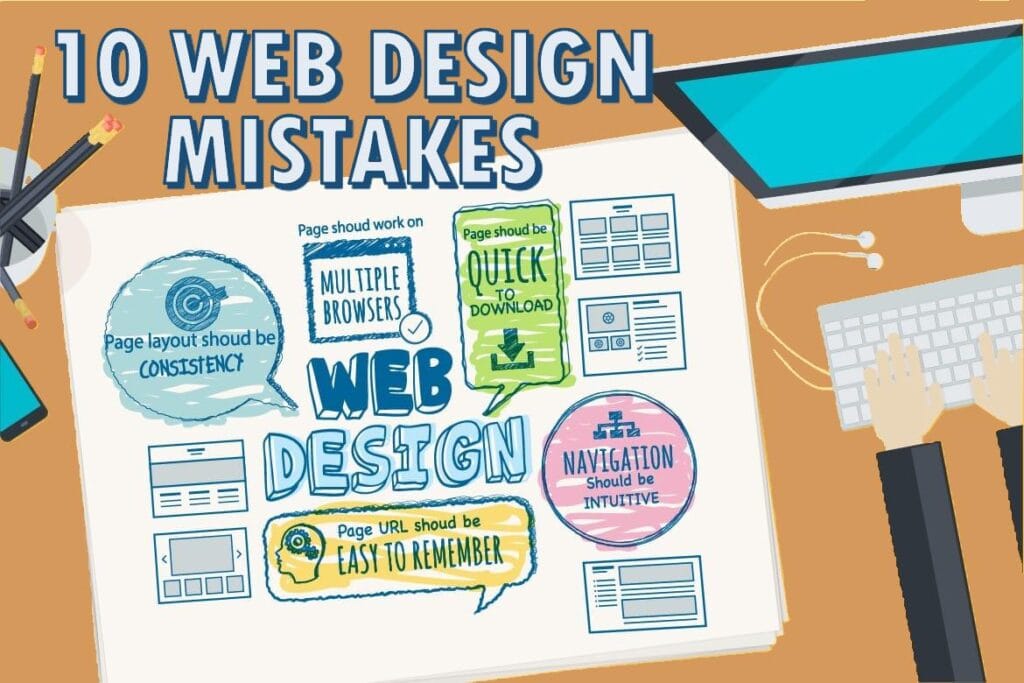High-quality backlinks are vital for boosting your blog’s authority and search rankings. For international banking blogs, acquiring links from reputable and receptive websites can be a game changer. In this post, we focus on a practical, broken link building strategy and mention some real blogs that are more likely to accept link replacement requests.
1. Introduction to Broken Link Building
Backlinks from trusted sources signal to search engines that your content is valuable and credible. Broken link building is a smart method where you find non-working links on external sites and suggest your relevant content as a replacement. This not only helps the website owner fix their site but also earns you a quality backlink—all while keeping your outreach ethical and mutually beneficial.
2. Identifying Realistic Target Blogs
Instead of targeting the top-tier news sites that are hard to reach, focus on real blogs that have shown openness to link exchanges and content suggestions. Some practical examples include:
- The Finanser: This blog covers fintech trends, banking, and financial innovation. Its audience appreciates in-depth analysis and fresh content.
- A Wealth of Common Sense: A popular blog focused on investment and market trends. Its relaxed style makes it receptive to well-researched guest content and link replacements.
- Bank Innovation: A site dedicated to banking technology and industry insights, where editors are often on the lookout for innovative ideas and updated resources.
- Finextra: While it’s known for financial technology news, Finextra also features thought leadership pieces. Reaching out with a well-targeted replacement can work, especially for niche topics.
- Breaking Banks: A blog focused on digital banking trends and fintech innovation. It often accepts external contributions or link suggestions that enhance their content.
These blogs typically have a smaller editorial team than major news outlets, which makes them more approachable and flexible when it comes to link replacement opportunities.
3. Detecting and Documenting Broken Links
The next step is to use broken link checker tools and browser extensions to scan your target blogs for non-working links. Tools like BrokenLinkCheck.com or Ahrefs’ Broken Link Checker can help you quickly find dead links. For individual page checks, browser extensions like Check My Links are useful.
When you find a broken link, document the following details:
- URL of the Broken Link: Record the exact link that returns an error.
- Anchor Text: Note the clickable text of the link, as it shows what topic the link was meant to support.
- Page URL: Identify the specific page where the broken link appears.
- Context: Briefly record the surrounding content to understand the intended subject matter.
A well-organized spreadsheet with these details will help you manage your outreach efforts effectively.
4. Prioritizing Broken Link Opportunities
Not every broken link will be worth the outreach effort. Prioritize opportunities based on:
- Relevance: Does the broken link relate directly to international banking or fintech topics?
- Authority: Is the blog or site recognized within its niche? Blogs like The Finanser or Bank Innovation typically have a loyal audience.
- Ease of Replacement: Do you already have a piece of content that fits perfectly into the context of the broken link?
By focusing on high-relevance links on approachable blogs, you improve your chances of a successful replacement.
5. Crafting Effective Outreach Emails
A personalized outreach email is key. Here are some tips for writing emails that get noticed:
- Personalized Greeting: Address the recipient by name if possible.
- Clear Subject Line: For example, “Found a Broken Link on [Blog Name] – A Quick Fix Suggestion.”
- Straightforward Introduction: Briefly introduce yourself and explain why you’re contacting them.
- Broken Link Mention: Politely point out the broken link, including the URL and context.
- Offer Your Content: Suggest your blog post or resource as a relevant replacement. Explain how it fits seamlessly with the original content.
- Mutual Benefits: Highlight how fixing the broken link improves user experience and supports their SEO.
- Professional Closing: End with a clear call to action and your contact information.
By keeping the email short, respectful, and focused on the mutual benefits, you increase the likelihood of a positive response.
6. Conclusion and Next Steps
Broken link building is an effective, ethical way to earn valuable backlinks for your international banking blog. Instead of aiming for hard-to-reach major news sites, focus on real blogs like The Finanser, A Wealth of Common Sense, Bank Innovation, Finextra, and Breaking Banks. By systematically detecting, documenting, and prioritizing broken links, and then reaching out with personalized emails, you build lasting relationships and boost your SEO.
Remember, link building is a long-term effort that requires patience and persistence. Keep refining your process and building genuine connections with website editors. Over time, these efforts will lead to better search rankings and increased visibility for your blog.






